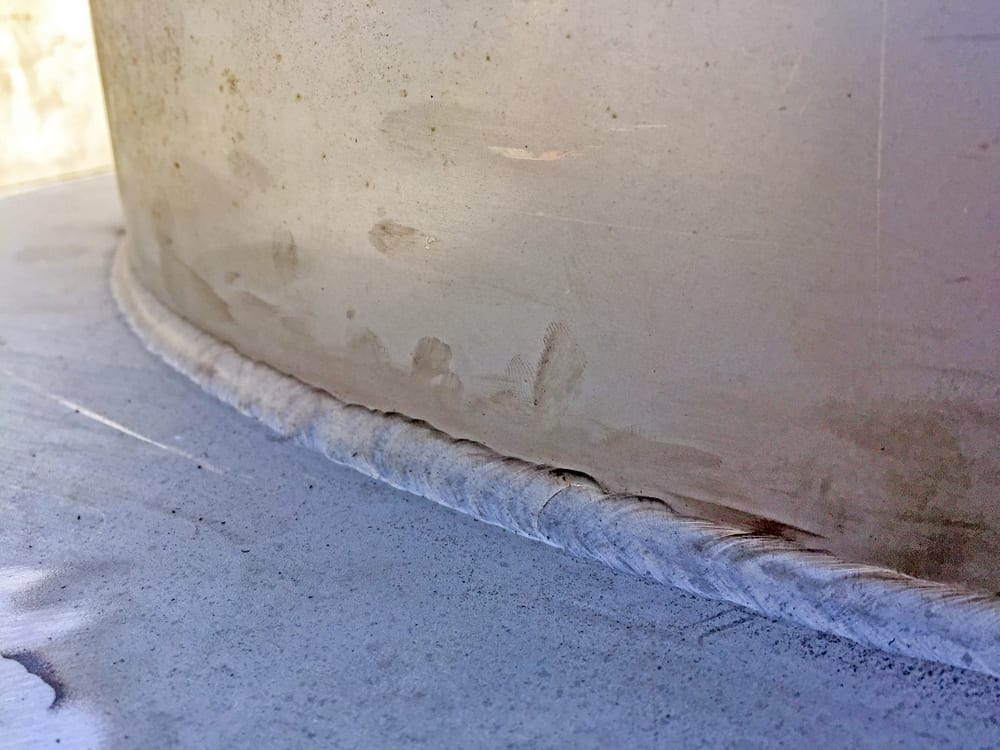Your Total Handbook to Preventing Weld Undercut Like a Pro
A Comprehensive Guide to Identifying, Preventing, and Fixing Undercut Welding Issues in Your Welding Projects
In the world of welding, running into undercut problems is an usual difficulty that can jeopardize the structural integrity and general high quality of your welding tasks. Comprehending the origin creates behind undercut welding, having the ability to precisely find it in your welds, and implementing effective preventative steps are vital skills for any kind of welder. Furthermore, having the expertise and techniques to correct undercut issues when they do take place can make a substantial difference in the final end result of your welding ventures. Keep tuned as we discover the essential elements of determining, protecting against, and dealing with undercut welding issues, supplying you with important insights and approaches to raise your welding abilities to the next level.
Common Reasons For Undercut Welding
Undercut welding, a typical concern in welding processes, can be brought on by numerous elements that need to be meticulously determined and resolved to ensure the integrity of the weld joint. One of the main sources of undercut welding is excessive heat input. When the welding specifications, such as voltage, existing, or travel speed, are not appropriately established, a too much quantity of heat can be produced. This excess warm brings about the melting and subsequent elimination of the base product along the sides of the weld joint, producing a groove called undercut.
Another usual source of undercut welding is incorrect welding technique. Poor manipulation of the soldering iron or gun, inaccurate angle or distance in between the work surface and the torch, or inconsistent travel speed can all contribute to the development of undercut. Furthermore, using the incorrect welding consumables or electrode dimension for a particular joint configuration can bring about undercut issues. Identifying these origin and executing corrective steps is vital in stopping and fixing undercut welding issues in welding projects.
Identifying Undercut in Welds

To identify undercut accurately, proper lighting and magnification devices are important to evaluate the weld joint extensively. Making use of tools such as a welding gauge or a magnifying glass can help in spotting even the tiniest undercut flaws. In addition, running a finger or a fingernail along the weld joint can sometimes disclose undercut, as the surface might really feel uneven or have a dip where the undercut exists.
Preventative Actions for Undercut
Having a deep understanding of the causes of undercut in welds permits for the application of effective preventative steps to preserve weld quality and honesty. These settings must be enhanced to protect against excessive heat input, which can lead to damage formation.

Strategies for Dealing With Undercut

To attend to undercut issues properly, welders can use particular techniques targeted at remedying the flaw and bring back the stability of the weld joint. One technique is to change the welding parameters, such as the voltage, existing, and travel rate, to make sure proper warm input and fusion. Boosting the welding current or lowering the travel rate can assist fill out the undercut. Furthermore, changing home the welding technique from a press to a drag or vice versa can additionally help lessen undercut.
One more strategy is to use a weaving motion while welding to make certain proper sidewall combination and fill in the undercut. By oscillating the welding arc back and forth within the weld joint, the welder can deposit more filler product right into the undercut areas, successfully eliminating the problem.
Additionally, grinding out the undercut and rewelding the joint can be a practical remedy for a lot more extreme undercut issues - Preventing weld undercut. This process includes eliminating the undercut area, preparing the base metal, and after that rewelding the joint with proper welding parameters and methods to stop undercut from persisting

Specialist Tips for Staying Clear Of Undercut
Utilizing correct welding techniques and preserving control over vital welding parameters are critical approaches for welders aiming to stop undercut in their weld joints. Additionally, selecting the proper welding process and filler steel for the specific application can help stop undercut. Keeping a constant travel speed during the welding procedure is an additional essential pointer to avoid undercut.
Final Thought
Finally, identifying, stopping, and repairing undercut welding troubles in your welding jobs is essential for making sure solid and durable welds. Preventing weld undercut. By understanding the common reasons for undercut, being able to recognize it in welds, implementing preventive steps, and using correct strategies for fixing undercut, you can avoid potential concerns and produce high-grade welds. Adhering to specialist pointers for staying clear of undercut can assist you improve your welding skills and produce better lead to your tasks
Undercut welding, a common problem in welding procedures, can be triggered by different elements that require to be thoroughly identified and addressed to make sure the integrity of the weld joint. In addition, running a finger or a fingernail along the weld joint can sometimes disclose undercut, as the surface area may really feel irregular or have a dip where the undercut exists.
Using proper welding strategies and preserving control over essential welding parameters are crucial strategies for welders intending to avoid see this page undercut in their weld joints.In verdict, recognizing, protecting against, and taking care of undercut welding problems in your welding tasks is important for ensuring durable and solid welds. By understanding the typical causes of undercut, being able to recognize it in welds, carrying out preventive procedures, and utilizing appropriate techniques for dealing with undercut, you can try this avoid possible issues and produce high-grade welds.